In today’s era, mental health has become an integrated part of everyone’s life. The very reason behind it is that the pace, lifestyle, and expectations of society have increased. It has become important for all human beings to practise introspection when they are dealing and fighting with everyday hassles.
However, practising introspection or caring for mental health is not easy for everyone. Some individuals do not receive sufficient time to practise these things. It becomes challenging for them to battle the ongoing mental stress, anxiety, and frustrations. Hence, all of these factors pile up and become the reason for major mental outbursts. In such cases, there is a high possibility that these individuals experience anxiety and depression.
How are depression and anxiety related?
Mental health practitioners often come across this question from people: how should I know which one is anxiety and which one is depression? Many technical terms are involved in the definitions of these two conditions.
However, in simpler language, if we look at depression and anxiety, depression means feelings of sadness and a low motivational drive to do things and escape from dealing with existing problems. Anxiety means having constant thoughts about a person, situation, or incident. It is a severe and out-of-proportion consistent fear about these things.
These two conditions are related through one common aspect; both occur because of mental hassles. If the anxiety is consistent in one’s mind, there is a high chance that the same individual will experience frustrations related to that anxiety. As a result, if the individual cannot deal with the anxiety, they can have feelings of sadness which leads to depression.
How should one identify anxiety and depression?
Let us look at a few symptoms of depression and anxiety.
Symptoms of anxiety given by the Diagnostic and Statistical Manual of Mental Disorders:
1. Excessive worry about certain events for at least six months.
2. The person finds it difficult not to worry.
3. Three of more than three symptoms should be present-
- Restlessness or feeling on edge
- Easily fatigued
- Difficulty concentrating or zoning out
- Increased irritability
- Sleep disturbances (difficulty falling or staying asleep, or restless unsatisfying sleep)
- Muscle tension
Symptoms of depression given by the Diagnostic and Statistical Manual of Mental Disorders:
1. Depressed mood or loss of pleasure.
2. Depressed mood or loss of pleasure.
3. Symptoms-
- Depressed Mood
- Markedly diminished interest or pleasure in most or all activities
- Visible weight loss or weight gain
- Insomnia or hypersomnia
- Psychomotor impairment
- Fatigue or loss of energy
- Feelings of worthlessness or excessive and inappropriate guilt
- Reduced ability to think or concentrate, or indecisiveness
- Recurrent thoughts of death (not just fear of dying), or suicidal ideation, plan, or attempt
Depression vs. Anxiety
As we can see, both depression and anxiety are mood disorders. However, the major difference between the two is that depression is a consistent feeling. On the other hand, anxiety can be episodic.
This relation also involves biological factors. The clinical anxiety and depressive episodes experienced by individuals can create malfunction for the neurotransmitters. These malfunctions are majorly experienced in serotonin, dopamine, and epinephrine. Low functioning of these neurotransmitters can cause individuals to experience low moods throughout the period.
There are a particular set of symptoms that individuals experience in both conditions. They are as follows-
- changes in sleep patterns
- changes in energy level
- increased irritability
- trouble with concentration, focus, and memory
- aches and pains or stomach issues that have no apparent cause
The key difference one should remember is that depression essentially is one condition with different symptoms. Hence, it can be experienced differently by different people. However, anxiety is an umbrella term under which many specific conditions are experienced.
How should one deal with anxiety and depression?
All the mental practitioners have been suggesting showing acceptance towards the mental health condition that one has. The idea behind it is that one should have a good insight that they have anxiety or depression. Hence, to deal with either anxiety or depression, one should accept the experiences.
The next step would be to confront the individual that they need help to deal with anxiety and depression. While confronting, one has to be mindful of the tone. One should not be attacking the client. As the confrontation is happening smoothly, the individual should seek help to regulate emotions and feelings healthily. It is vital to understand the depth of these two conditions.
- Sahil was working under a lot of pressure. It was their year-ending phase and he had to complete many projects with his team. He was trying his best to meet the deadline. He used to consistently think about the condition whenever he was at home. As a result, he formed a phobia about going to work. He started work. His spouse realised he was avoiding the problem and not dealing with it. She asked Sahil about the condition. He was in straight denial about the same. He gave excuses. After a few days, it became impossible for him to get out of the house. Hence, the company had to let him go. Sahil experienced a major episode of sadness.
- Sumit was studying for his doctorate exam. His entire career was dependent on this exam. He knew he had to pace up the studying. Hence, Sumit studied day and night. He wanted to top the exam. He was feeling anxious while studying. These feelings were hampering his concentration. Sumit decided to admit his condition to his parents. They asked him to seek help. He went for psychological counselling for this condition. By the month’s end, he could regulate his emotions and effectively deal with them.
When we look at these stories, we can figure out that Sumit benefited from dealing with the ongoing situation. On the contrary, Sahil faced a huge loss over this condition.
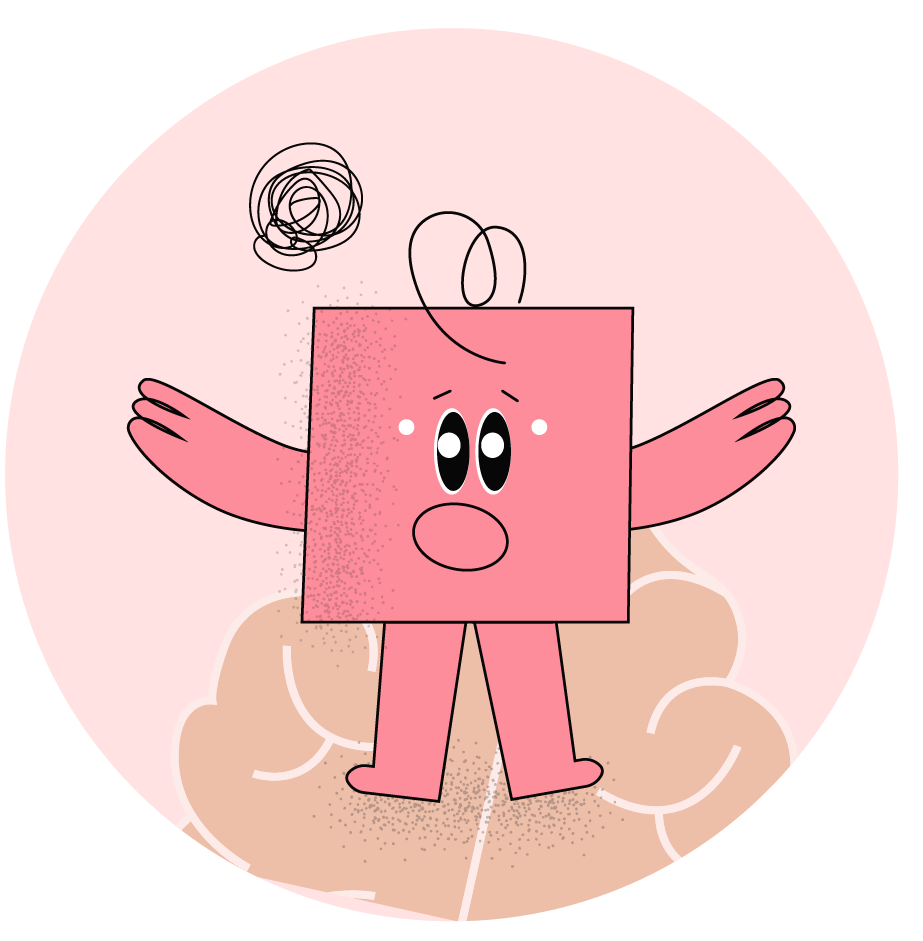
Anxiety and depression can be treated with the appropriate guidance
Reach out to experts for therapy
Treatments for Anxiety and Depression
Psychologists have been conducting various research for anxiety and depression treatments. Now, we have a couple of ways in which we can effectively deal with both conditions. Psychological counsellors mainly focus on the natural way of dealing with these conditions.
However, therapists prefer to have a structured format for the same. Yes, there can indeed be a need to take help from medications. However, along with medications, one also needs to look into these ways.
Ways to deal with Anxiety and depression-
- The very famous and proven way of dealing with anxiety is breathing exercises. The immediate need in case of anxiety conditions is to get it under control. One should be able to regulate anxious feelings. The methodology to be followed is to take deep breaths. Practice taking deep breaths a couple of times till the time you feel relaxed. In this way, you would be able to manage anxiety.
- Another old and recommended technique is meditation. The idea behind meditation is to sit comfortably with eyes closed. One needs to focus all the attention on a particular thought of relaxation. Let the thoughts flow as they come. It is important to maintain the position. One needs to do meditation for at least 15 minutes a day. There is no time frame as to when it is to be done.
Benefits of Yoga for Anxiety and Depression
It has been proven since older Indian culture that yoga helps deal with many mental disorders. Yoga experts have said that yoga helps overcome or remove these deep-rooted beliefs.
Few yoga poses suggested for Anxiety and Depression-
- Vikrashasana
- Tadasana
- Vajrasana
- Shasankasana
- Shavasana
- Uttanpadasana’
- Makarasana
Benefits of Yoga-
- The asanas suggested by Yoga help flush out negative beliefs and thoughts one carries during anxiety and depression.
- Yoga Nidra aims to focus the mind and achieve relaxation and increase wellness.
- Yoga helps decrease cortisol levels leading to a counter-regulatory effect to reduce depressive and anxiety symptoms.
- It is a mind-body connection. Yoga includes asana, breathing techniques, pranayama, meditation, and relaxation techniques, which are used to counter the effects of stress and anxiety and are cost-effective and easy to implement.
Read More:
How to Deal with Guilt? Here are The 10 Useful Tips You Should Know
Grief : An Overwhelming Emotion
Teen Depression: Symptoms of Depression in Teens
10 Ways to Cope with Depression?



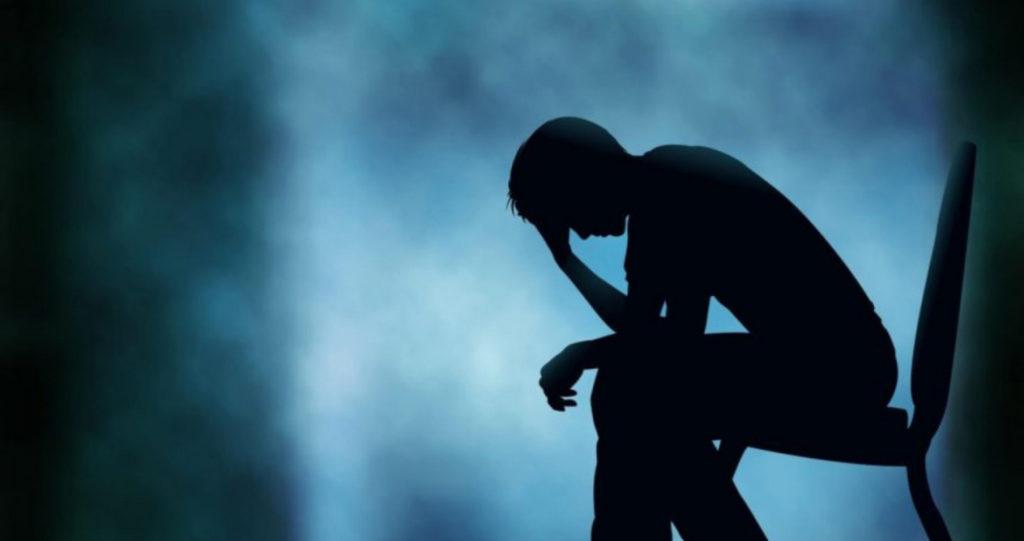
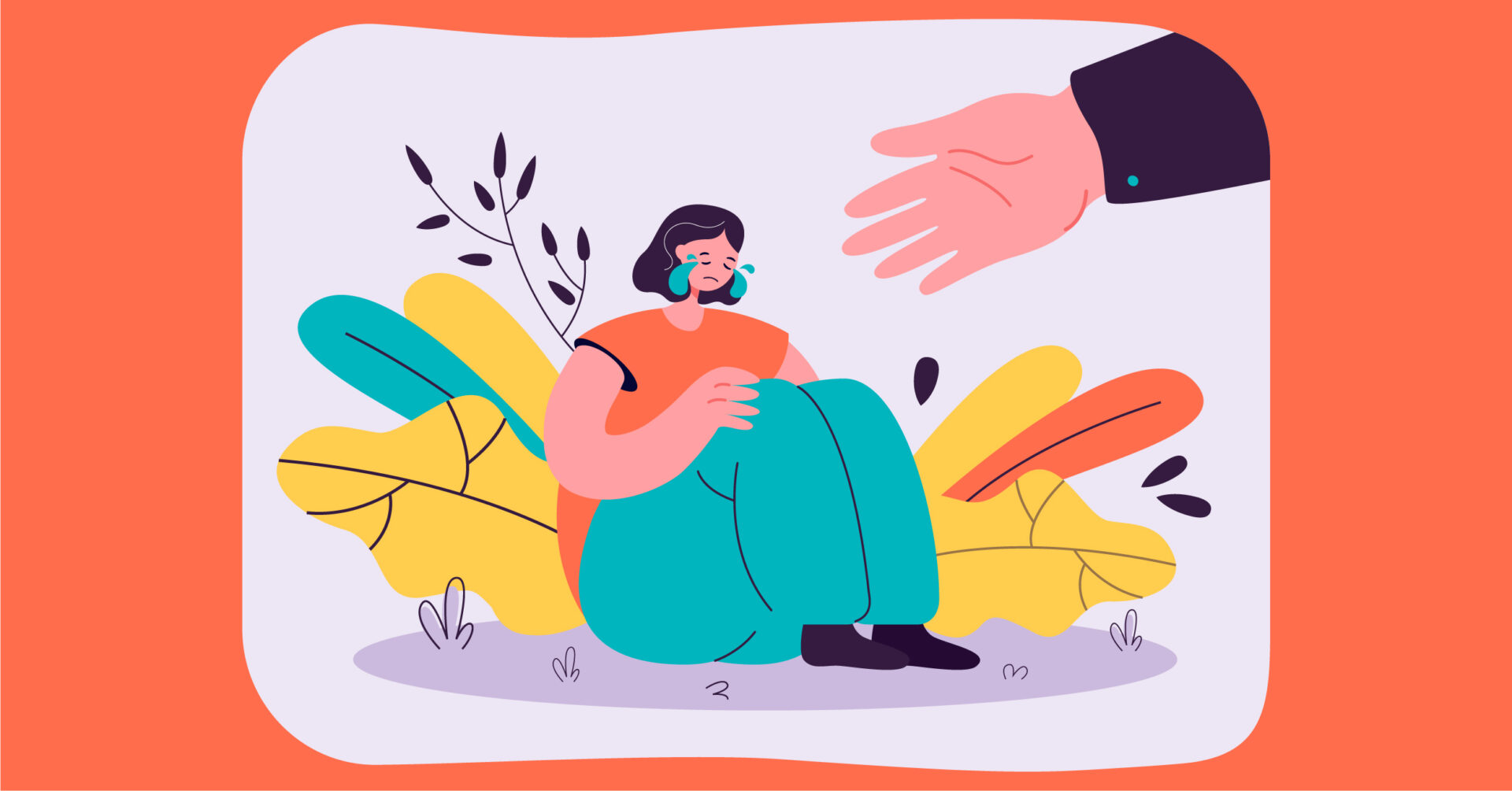
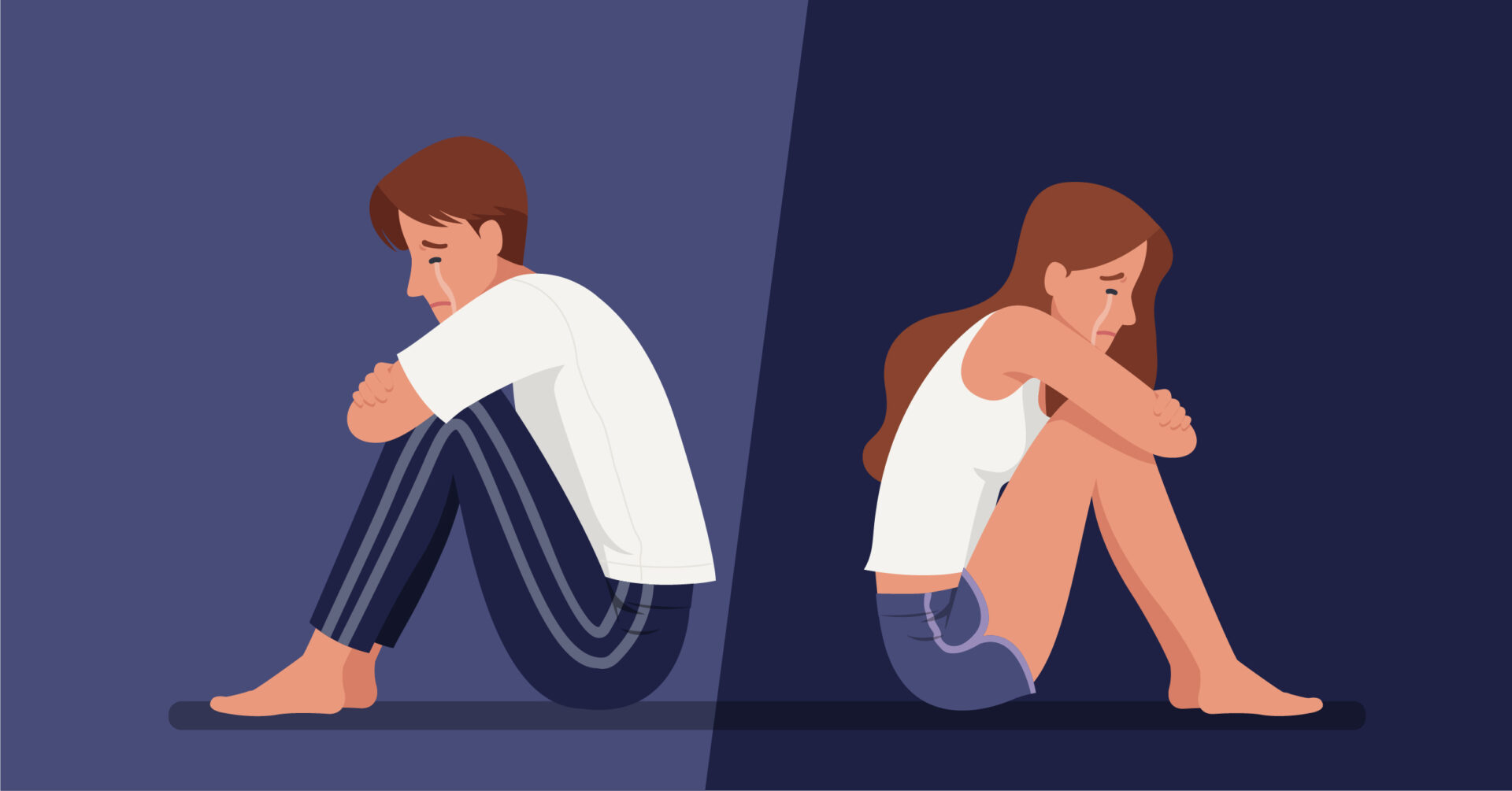
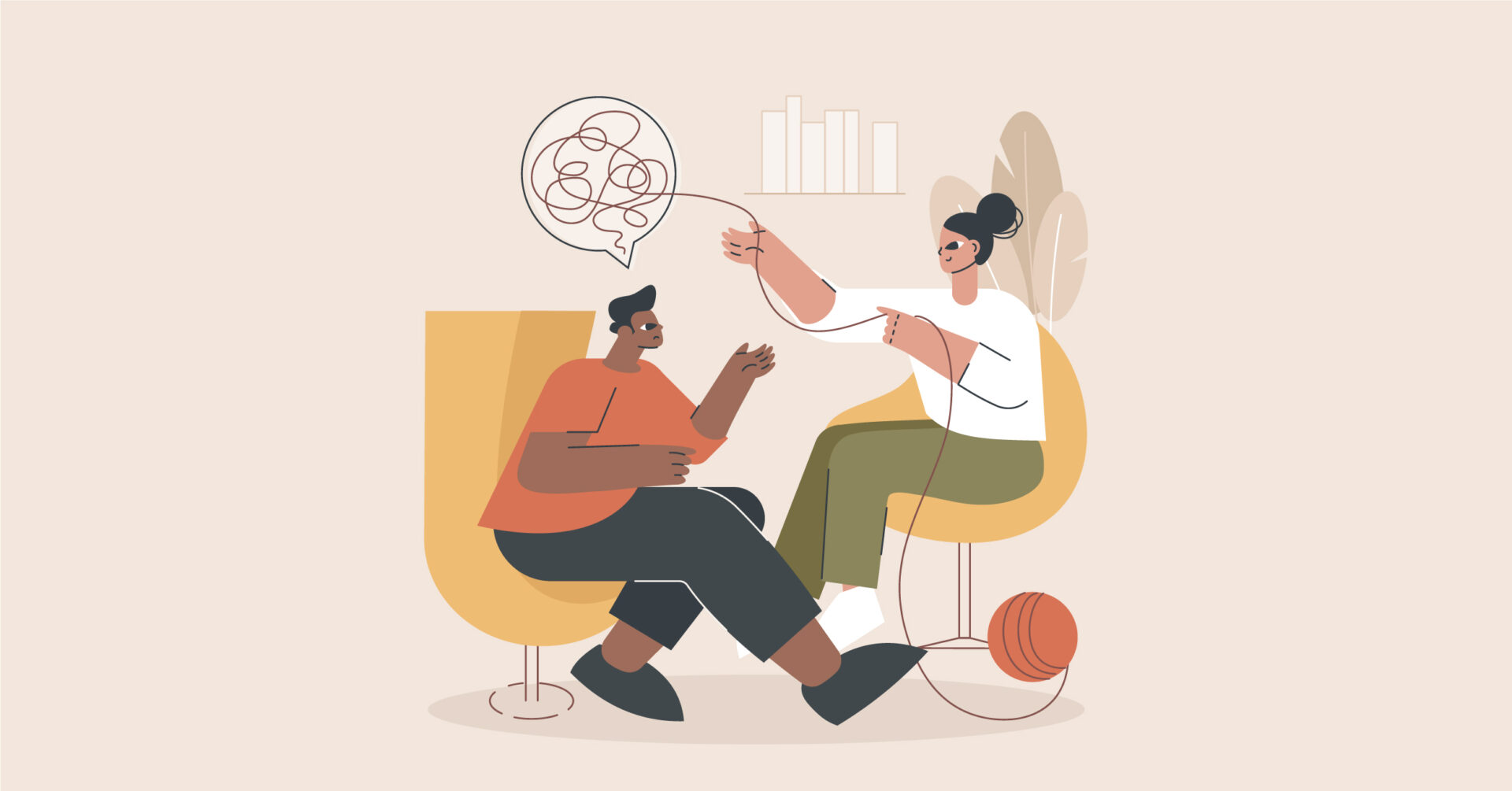
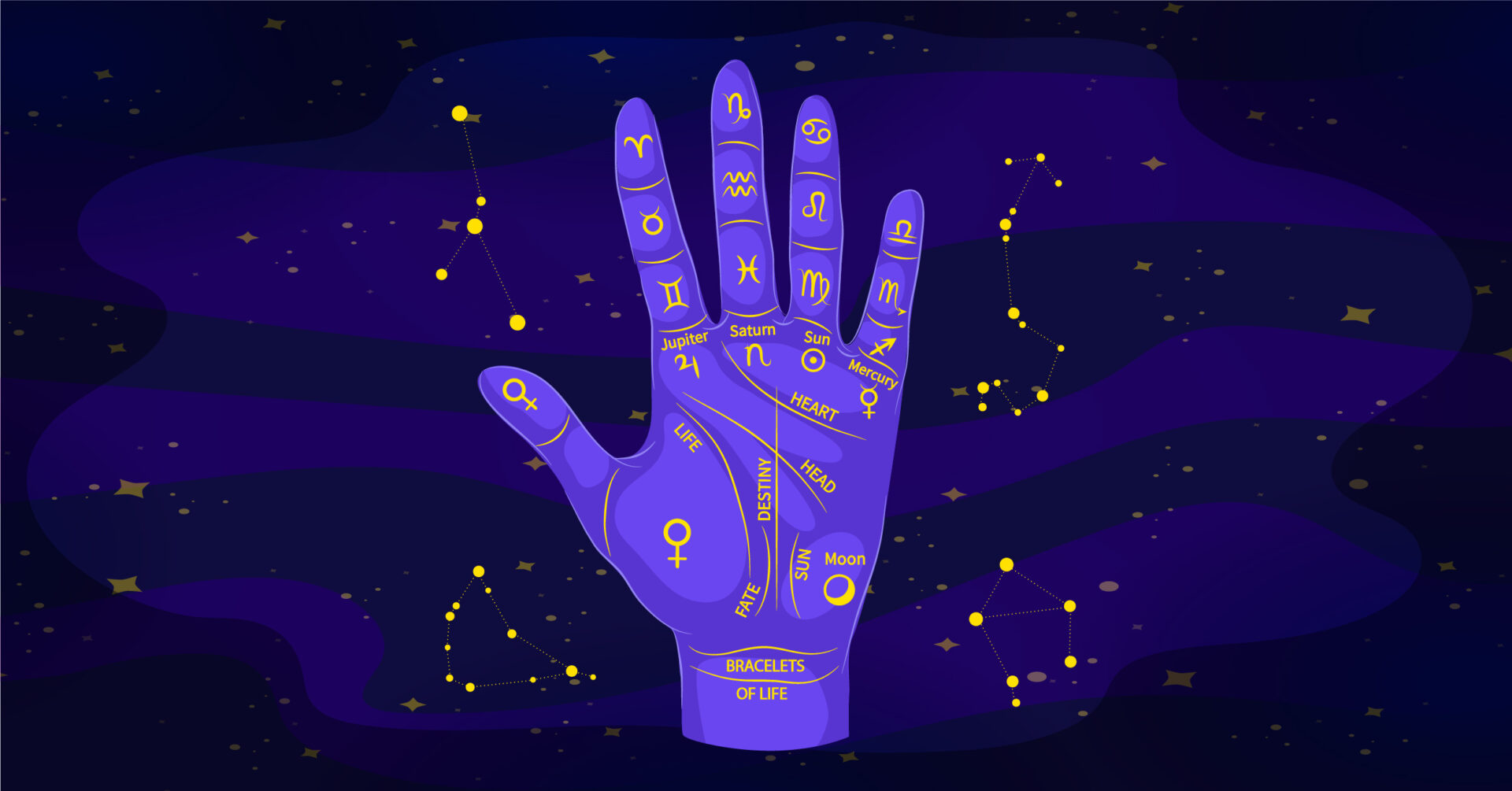
One Response
I think this is among the most significant information for me. And i am satisfied studying your article. But should observation on some common things, The site style is wonderful, the articles is truly great : D. Good task, cheers